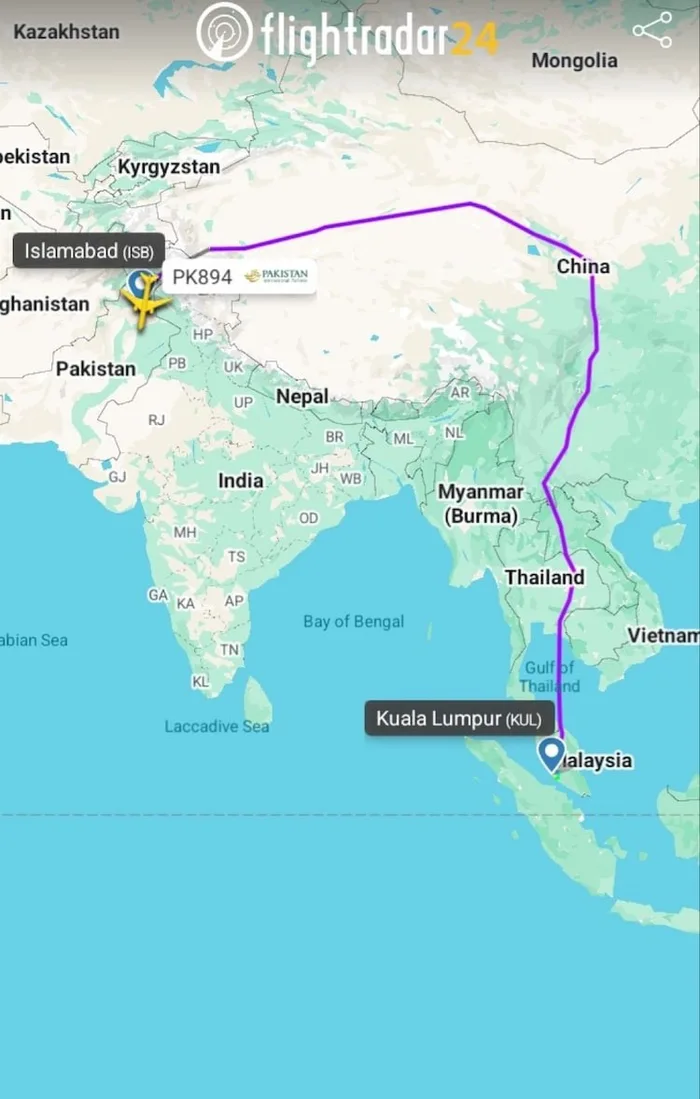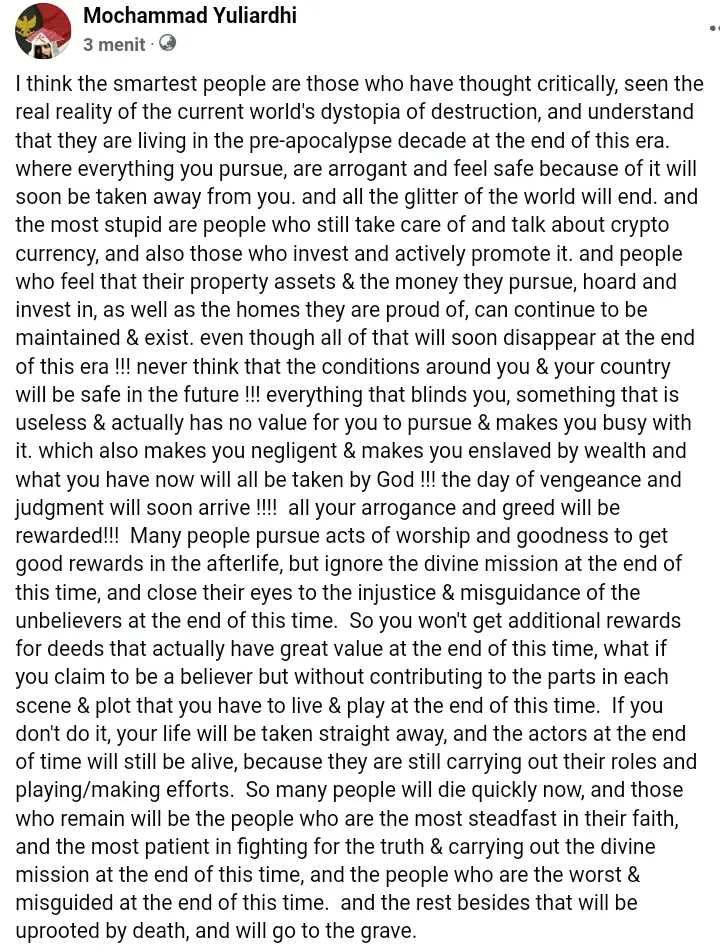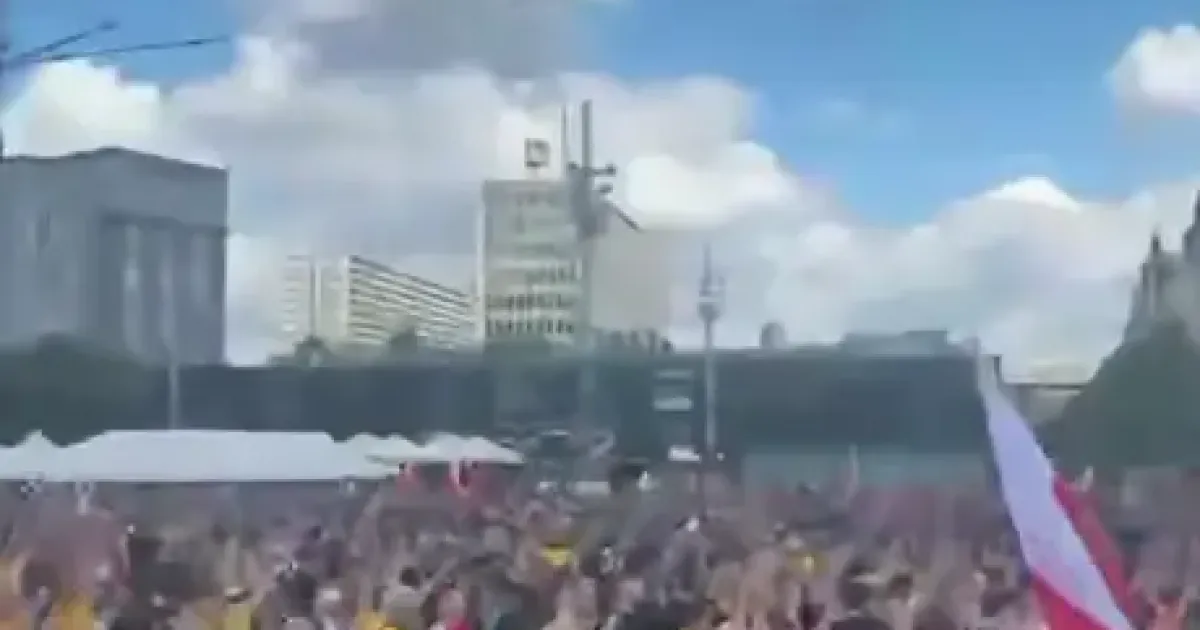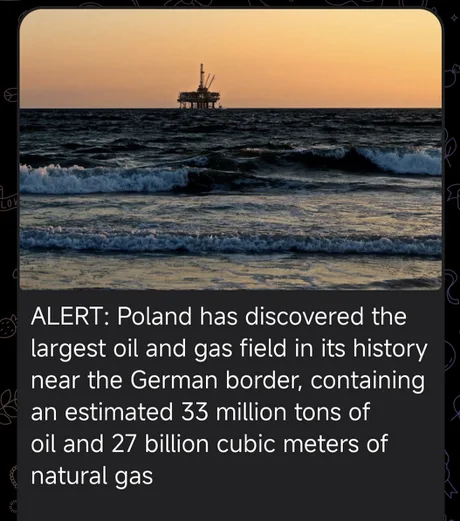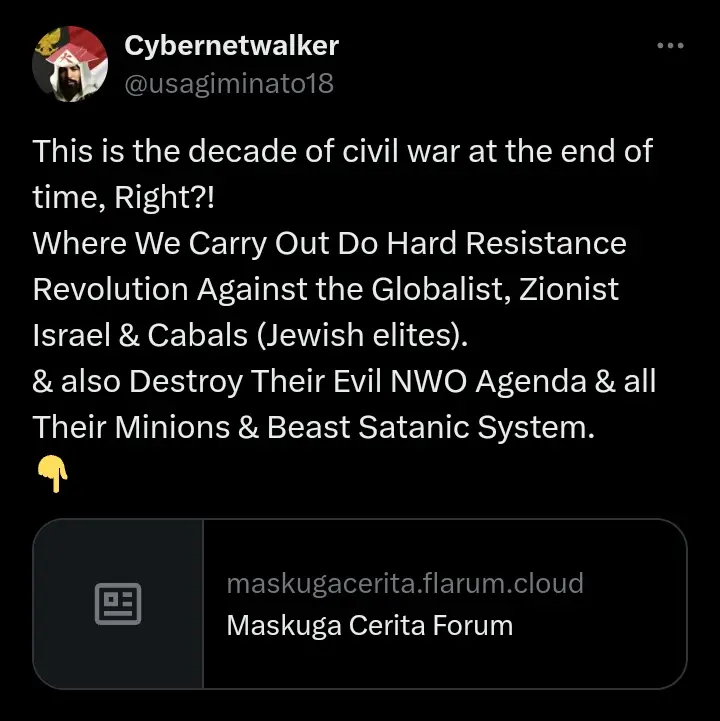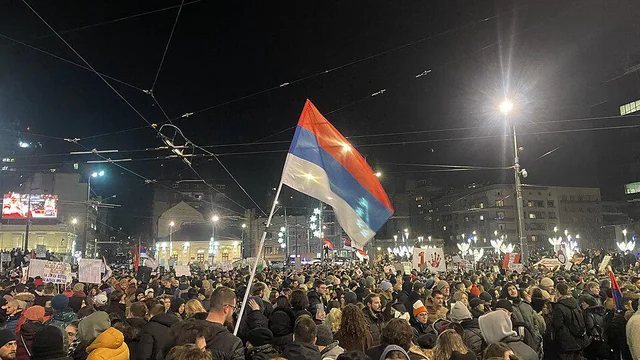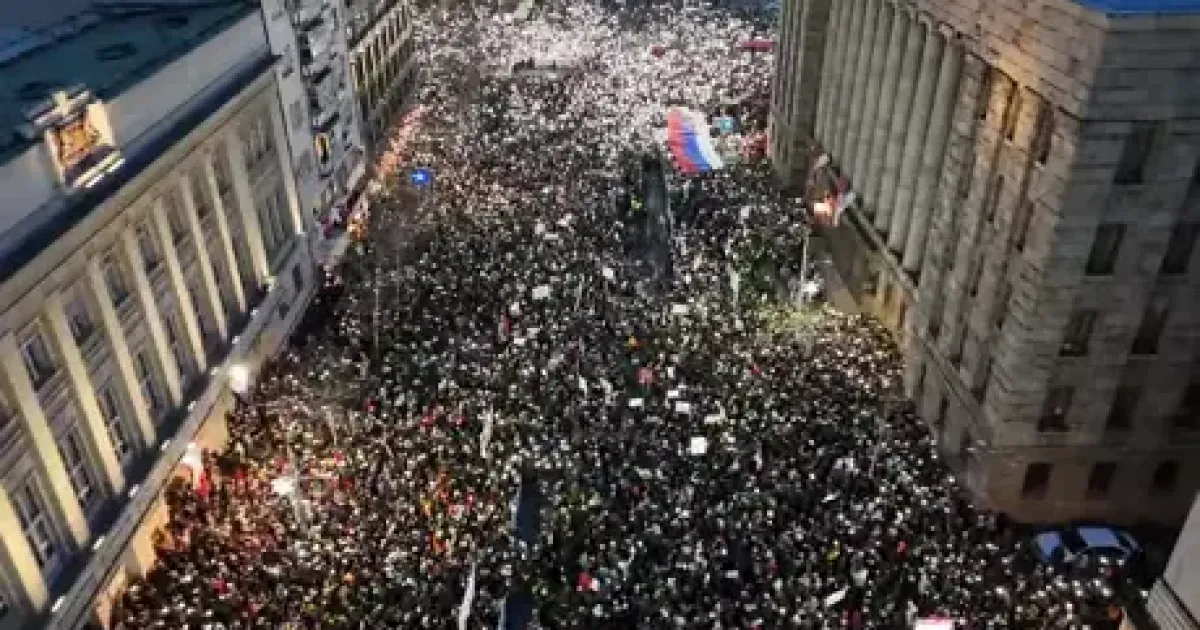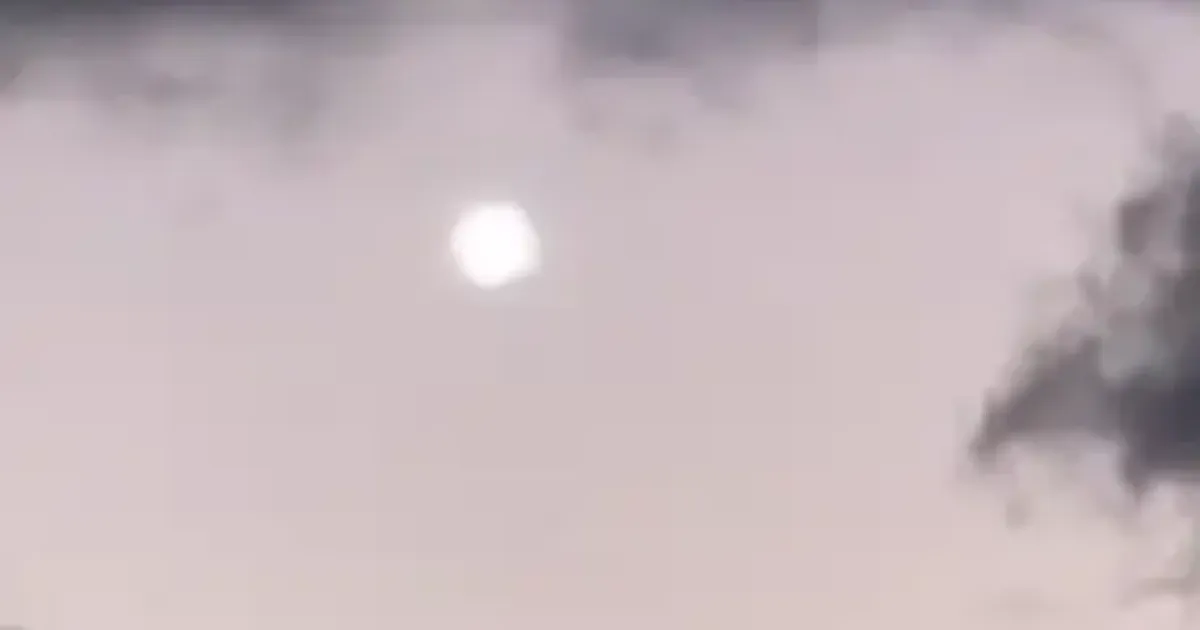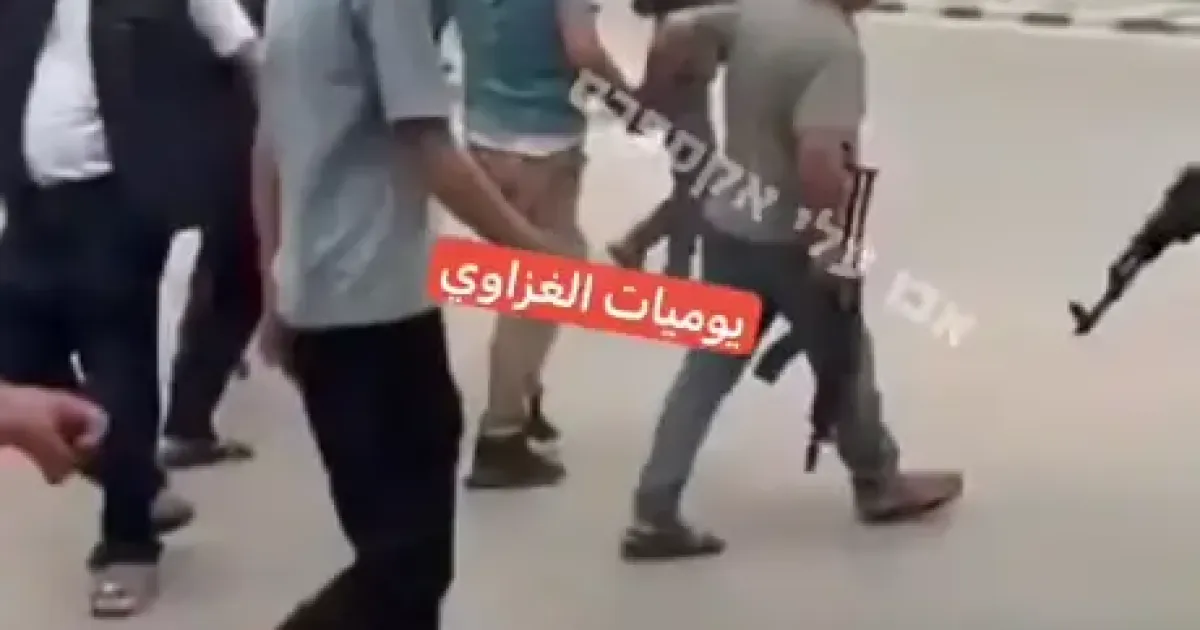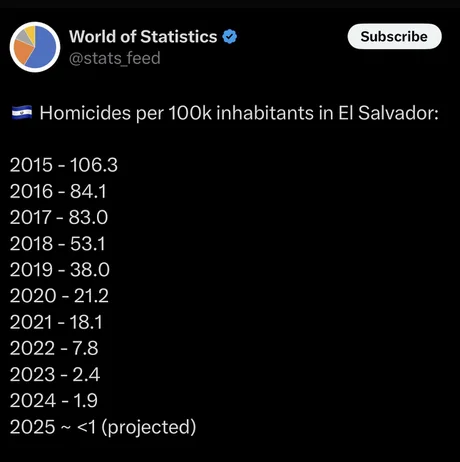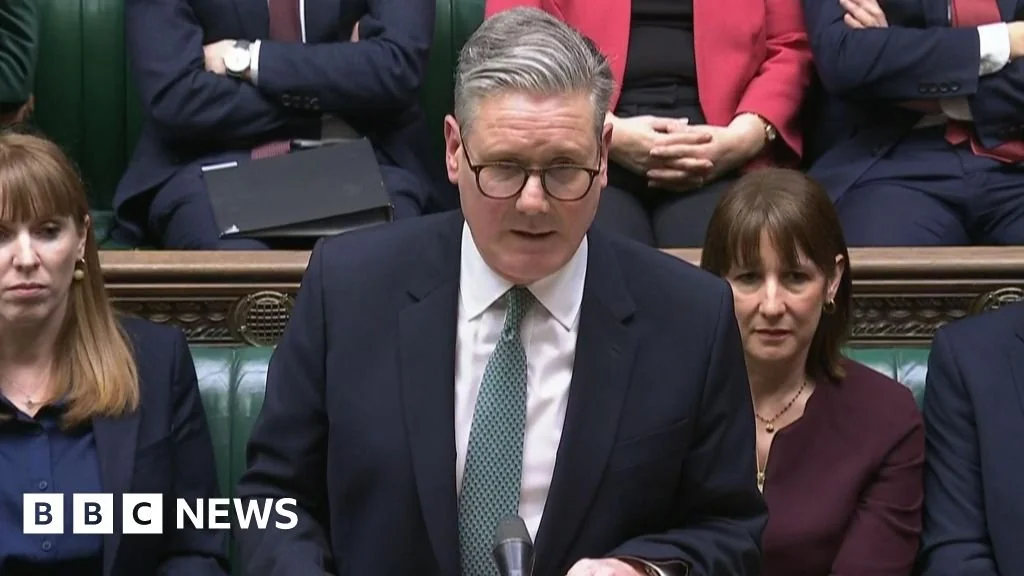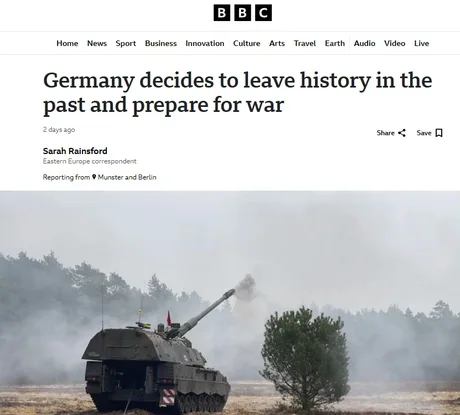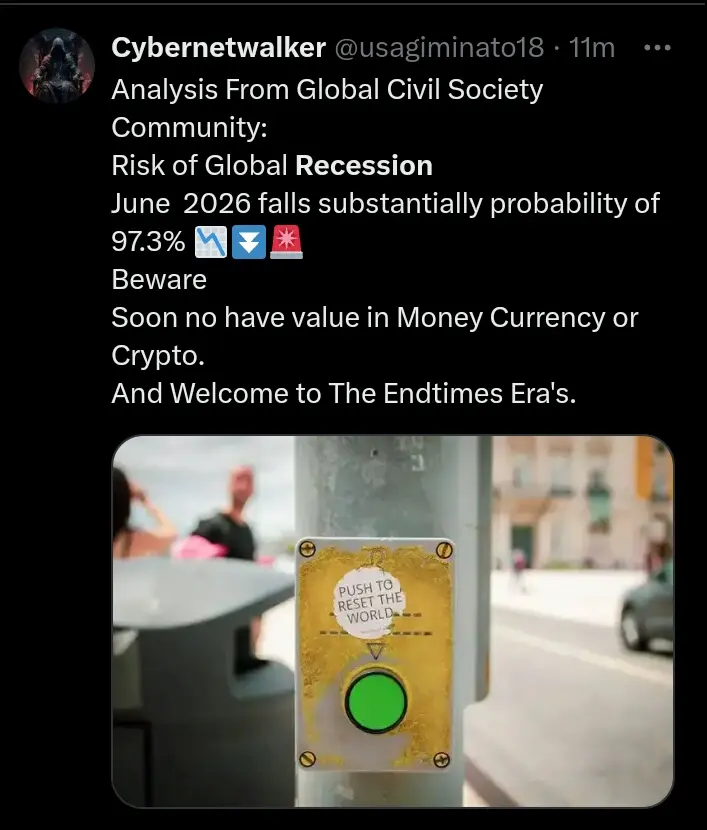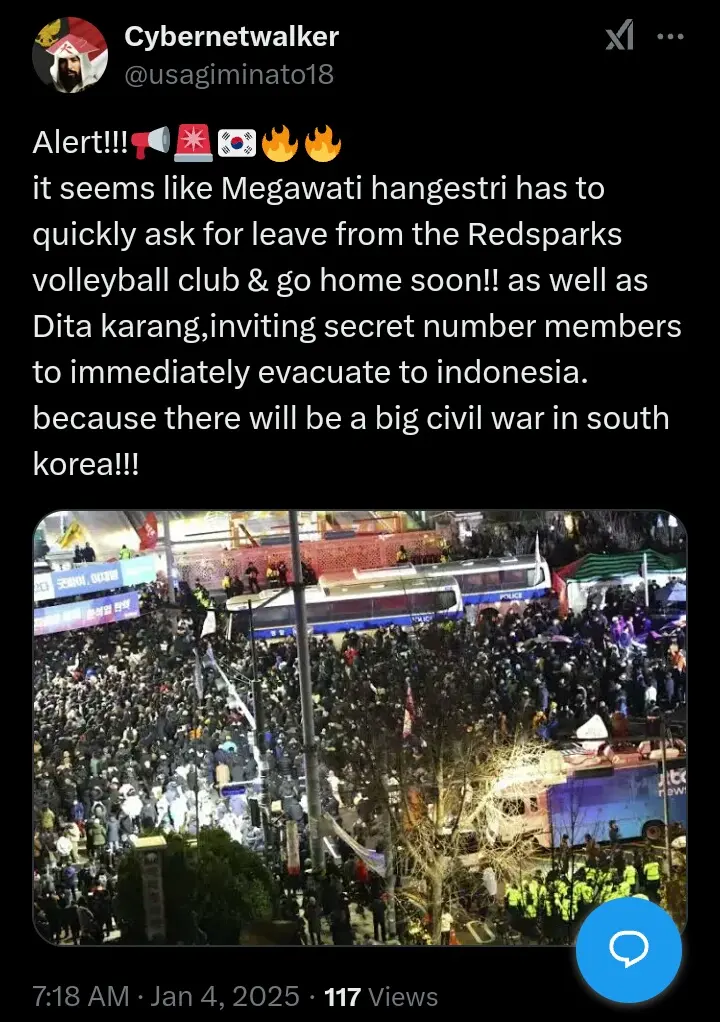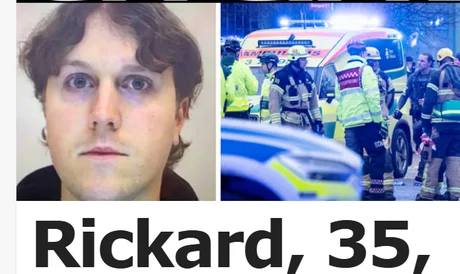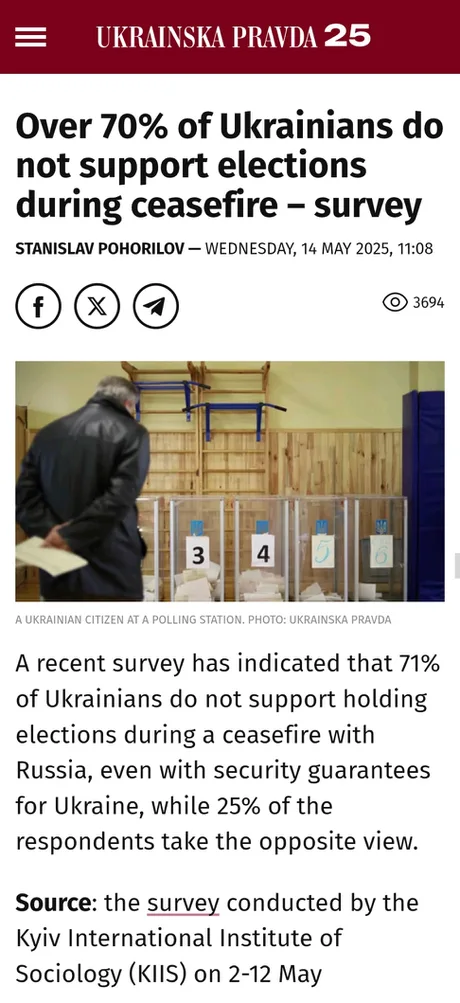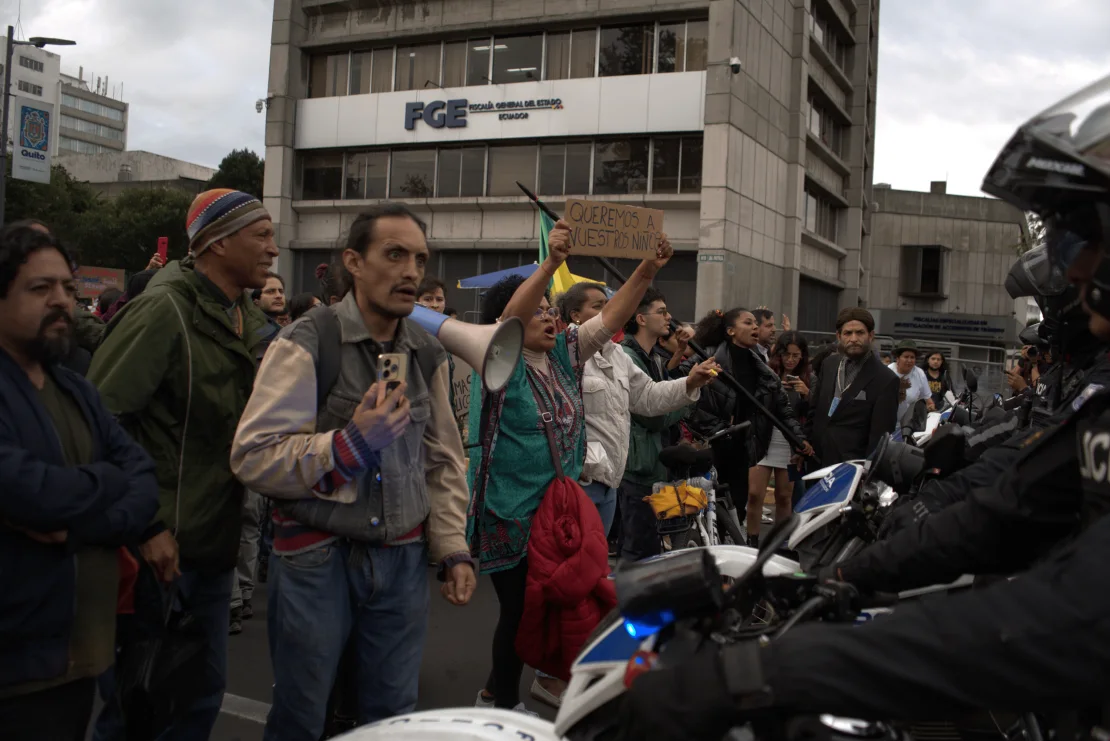
Ecuador orders detention of 16 air force members over disappearance of 4 children
#News #Ecuador
A judge in Ecuador has ordered the detention of 16 air force members accused of involvement in the disappearance of four children, whose charred remains were discovered weeks after they were seen being forced into a military patrol car against their will.
The case has shocked the nation and sparked protests against the military, which has been spearheading President Daniel Noboa’s crackdown on violent criminal groups.
On Tuesday, moments after a judge in Guayaquil ordered the detentions, prosecutors announced that forensic tests showed four charred corpses found last week belonged to the children. The bodies were found near to where the children were last seen.
The children, Saúl Arboleda, Steven Medina, and brothers Josué and Ismael Arroyo, were reported missing on December 8 after playing soccer and being detained by soldiers in Guayas province.
Video released last week by the National Assembly showed they had been coerced into getting into a patrol car against their will.
The defense ministry acknowledged that the children, aged from 11 to 15, had been detained but insisted they were later released. It also claimed that the children had been involved in a robbery, but the Prosecutor’s Office said there was no evidence to support that.
News of the forensic identifications was received with frustration and heartbreak.
“What pain to close the year with this tragedy that mourns the country. It is unacceptable that the lives of our children end in this way. Let fear not silence us, and let solidarity become the voice that demands justice so that something like this never happens again,” the prefect of Guayas Marcela Aguiñaga wrote on X.
Guayaquil Mayor Aquiles Álvarez said, “Nothing will calm the pain of the parents, just as nothing will erase the mark of murderers from all those involved, directly or indirectly. The truth is that this country has hit rock bottom. Paradigms have been broken, but to make things worse. It makes you want nothing, everything hurts.”
During the hearing, the Prosecutor’s Office had presented testimonies and video recordings that it said supported “the alleged participation of the defendants in the crime investigated.”
Outside the hearing, dozens of people, including the children’s relatives and friends, gathered en masse to demand truth and transparency.
Some carried photos of the children. Others held banners and shouted slogans such as, “They took them alive, we want them alive!” and “Sir, madam, do not be indifferent, they take children in front of people!”
The National Assembly and the Mayor’s Office of Quito have declared three days of mourning.
CNN has reached out to the defense ministry and the presidency for comment.
Last week, President Noboa said there would be no impunity in this case and asked law enforcement institutions to work with the Attorney General’s Office during the investigations.
The defense ministry and armed forces said on Tuesday that they would collaborate “without reservations or conditions” in the investigations.
Read More...

FedEx flight catches fire after colliding with bird during takeoff from Newark airport
FedEx Flight 3609 declared an emergency and returned safely to Newark Saturday morning, according to FedEx. No injuries were reported, officials said.
A FedEx cargo plane traveling from Newark to Indianapolis struck a bird during takeoff Saturday morning, according to officials.
FedEx Flight 3609 struck the bird while departing, damaging one of the Boeing 767's engines, the Federal Aviation Administration said in a statement.
#NBCNews #News #FedEx
Read More...

Survey From Global Civil Society Community 🚩✊ 🇵🇸🔥
I want to know from here, how many people are concerned about this & want me to save them in the end times.. and who do they want me to let die. 😔
#news #community #update #global #unite #revolution #palestine #GCSC #endtimes #prophecy #civilsociety #ww3 #GreatReset #bunker
Read More...
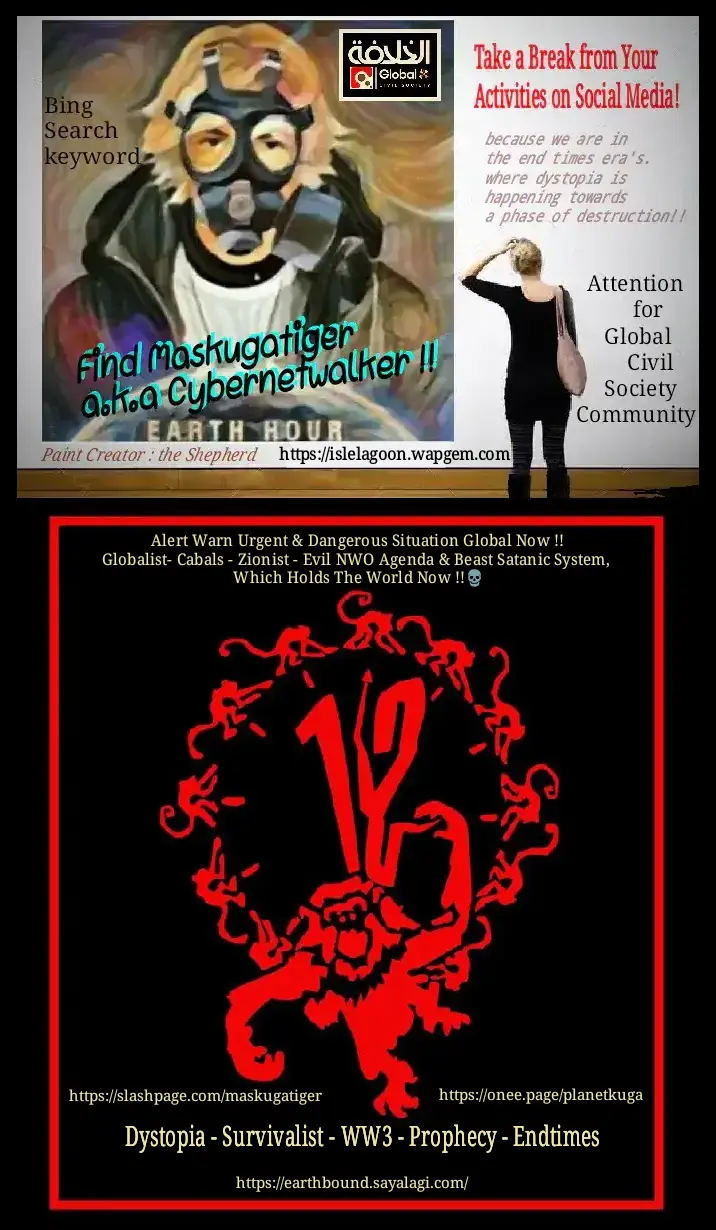
World & The Situation Global Now its Very Urgent & Dangerous. 🚨⚠️
World & The Situation Global Now its Very Urgent & Dangerous. 🚨⚠️
We Must Prepared at The Endtimes Era's Now!!!
#freedom #palestine #palestina
#news #community #update #global #unite #revolution #GCSC #endtimes #prophecy #civilsociety #ww3 #GreatReset #bunker
Read More...
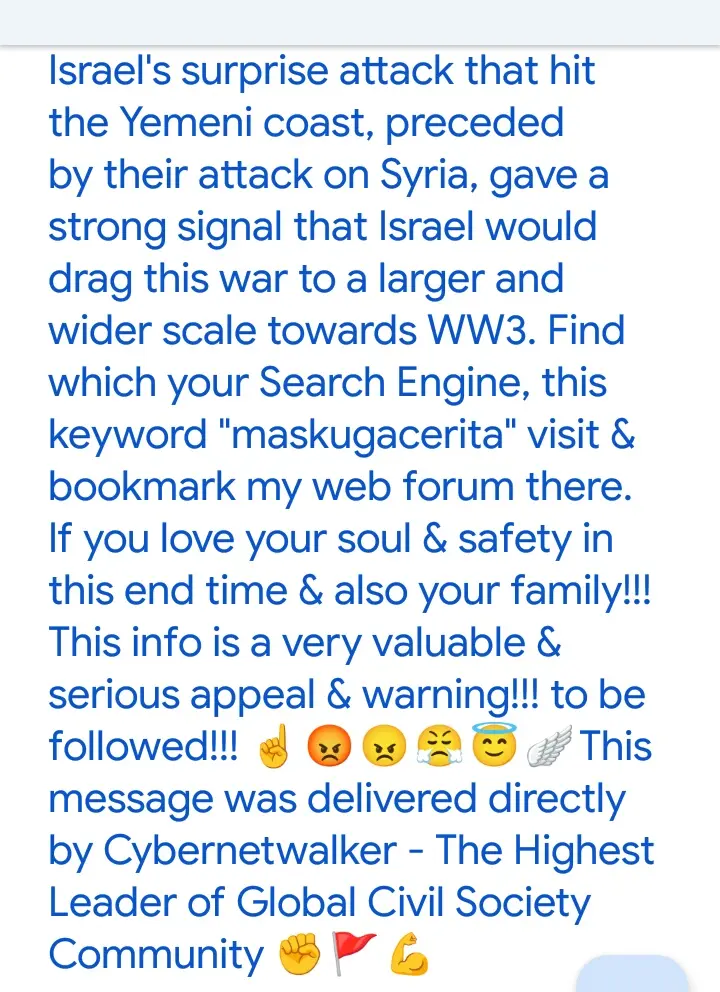
You are the one who determines your own path in life!!!
Israel's surprise attack that hit the Yemeni coast, preceded by their attack on Syria, gave a strong signal that Israel would drag this war to a larger and wider scale towards WW3.
👇🚨🌏🇵🇸🔥🔥🔥
https://maskugacerita.flarum.cloud/
https://bsky.app/profile/cybernetwalker.bsky.social
#news #community #update #global #unite #revolution #palestine #GCSC #endtimes #prophecy #civilsociety #ww3 #GreatReset #bunker
Read More...
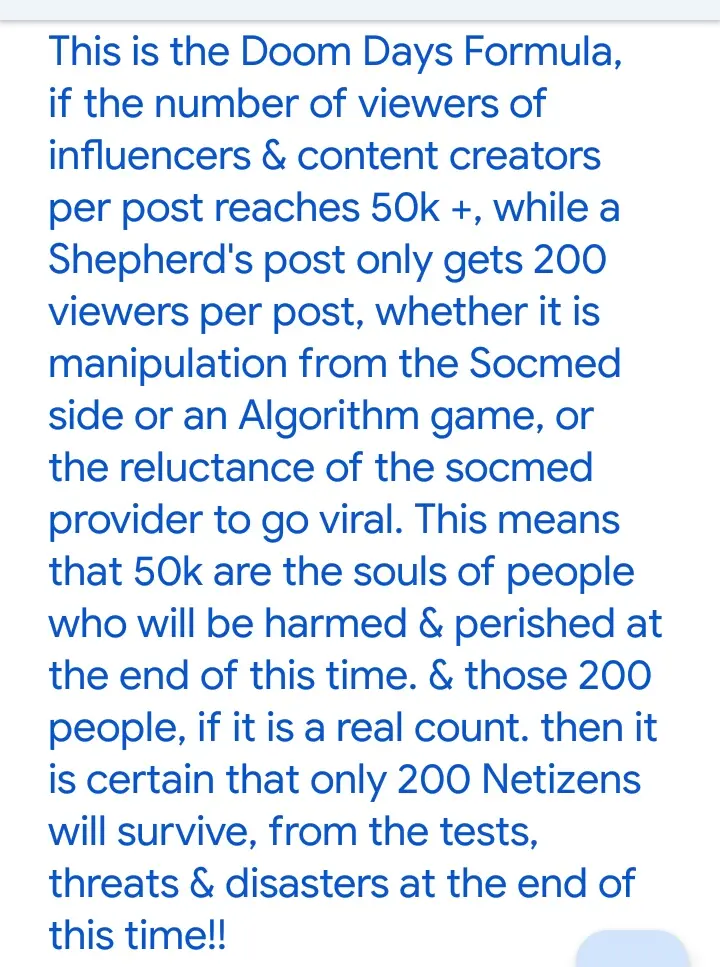
This is the Doom Days Formula regarding how many Viewers are saved in the End Times Era
its only 1 influencer if have commulativ hundred thousand influencer & content creator!!? 💀💀💀⚰️⚰️⚰️⚰️⚰️⚰️⚰️
#news #community #update #global #unite #revolution #palestine #GCSC #endtimes #prophecy #civilsociety #ww3 #GreatReset #bunker
Read More...
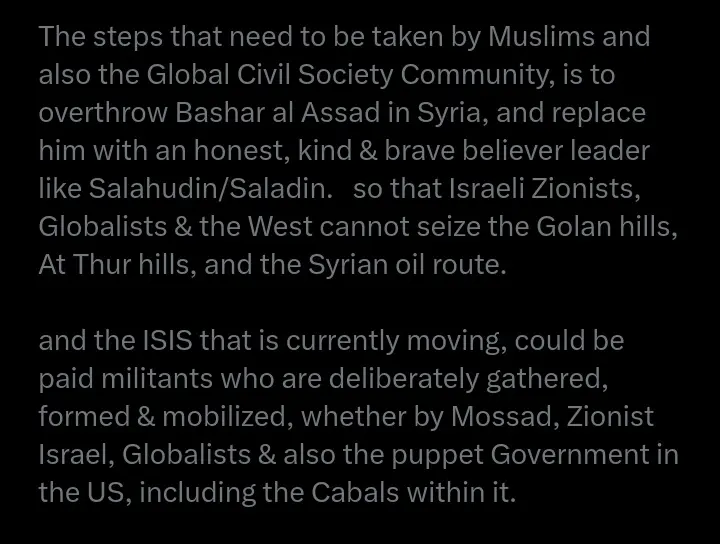
so here is a game of thrones. proxy war,& the evil agenda of the NWO is hidden in it.
If I did not have a very high intelligence and sharp analytical & supervision skills, maybe I would not be The Highest Leader of Our Global Civil Society Community in this End Times era.
You need me more at this time.
#news #global #wars #update #endtimes #nwo #globalist #community #palestine
Read More...

I just entered the app x, but damn the bastard staff is causing trouble again!!
When i angry, today i ppst likes that at x app
" Everyone doing spam in your app all staff damed!!
Why U are sentiment with me only!!! Hey Elon Musk & Bastard staff!!
Your act show to all,that I am the number 1 person who is the most influential & most feared figure by Globalists (Global elite), Zionists & Cabals (Jewish elite) "
Btw This image looks trivial, but it contains very important information. If there are scary monsters in Cyberspace, then the most dangerous and scary monsters are my websites.
#global #update #community #forum #civilsociety #revolution #palestine #antiNWO #civiluntest #dystopia #ww3 #greatreset #chaos #collapse #disaster #endtimes #alert #news
Read More...
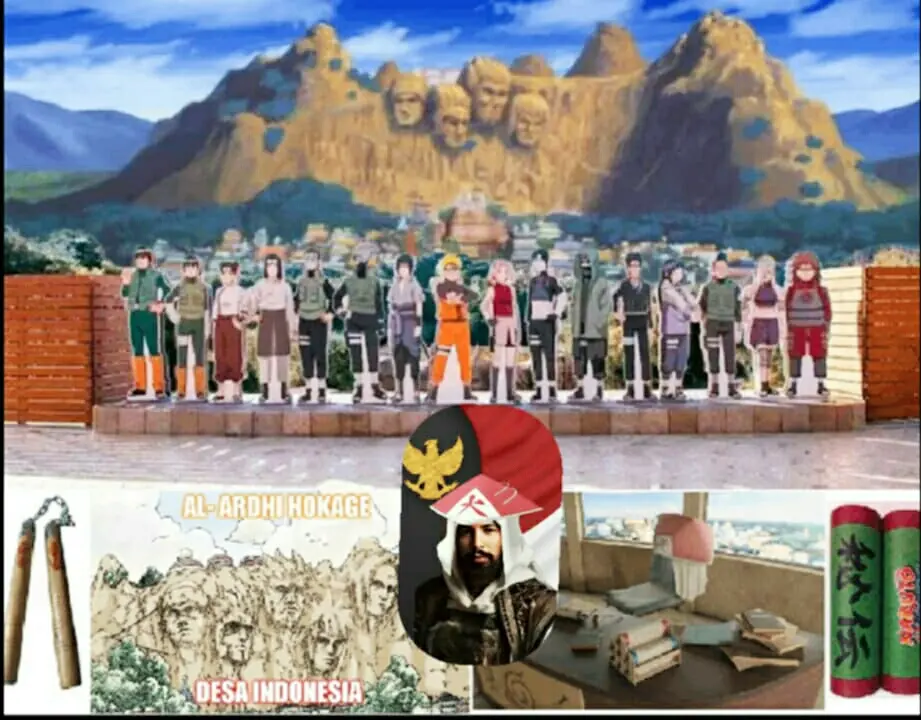
My Rabbit 🐇 Holes
Opera mini version 72.9 apk its the best version mobile browser which dev by Opera.inc. with free feature vpn access on that app.
do you all know about my habits on the internet cyberspace, I always leave a portal link on every web & forum that I create, and also social media & web2 also other forums that I visit. from the opera mini browser, I just move around, to every site that I want to visit. but I'm still thinking about where I can gather representatives from each community in my network. and I want there to be a social media container that can be visited by my colleagues and friends. from various platforms in each social media community, to be able to interact with me, considering as you know the restrictions on our activities in cyberspace are being carried out intensively by google and other technocratic agents. there must be a container where we can be integrated with each other and can communicate & be distributed. and I ask you to start stopping using google chrome, and google search engines, you can switch to duck2go or bing, search my navayaisle blog & visit, and no less important information I share. Do any of you know tutti socialnetwork, I created a community there, called "Konoha Nation" you will know why I created this community there, and you will understand the answer after visiting there.
👇
https://tutti.me/community/425505/
#news #alert #prepared #endtimes #ww3 #global #disaster #palestine #greatreset #chaos
Read More...

Bird Change to be Stone.
I found strange apparitions & phenomena like in the movie Dr. Stone. I hope only a few people know & realize from what I posted. where a crow I found has become a stone fossil in a short time,Something that seems to appear & happen. Maybe U will start to find out about me. to dig info.
Adios👋
#update #news #Global #alert #community #civilunrest #palestine #gaza #revolution #civilsociety #world
Read More...

Trump rolls back tariffs
Trump hikes China tariffs to 30% and then 84%
China reciprocates
Trump hikes tariffs to 145%
China reciprocates
Trump announces that he wants Xi to call him
China does nothing
Trump announces he would be ready to "make a deal"
China does nothing
Trump rolls back tariffs
#Trump #News #Politics #China
Read More...
